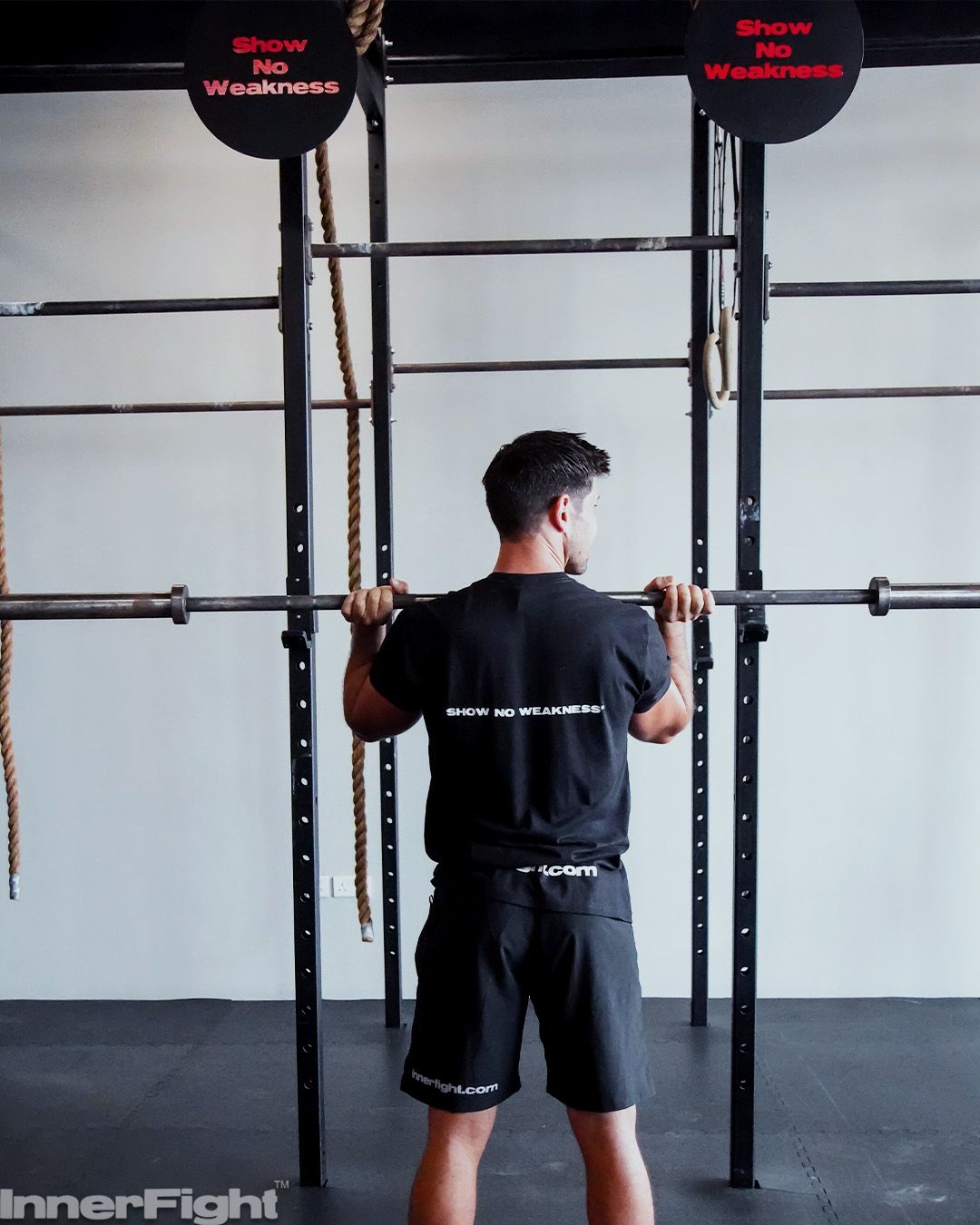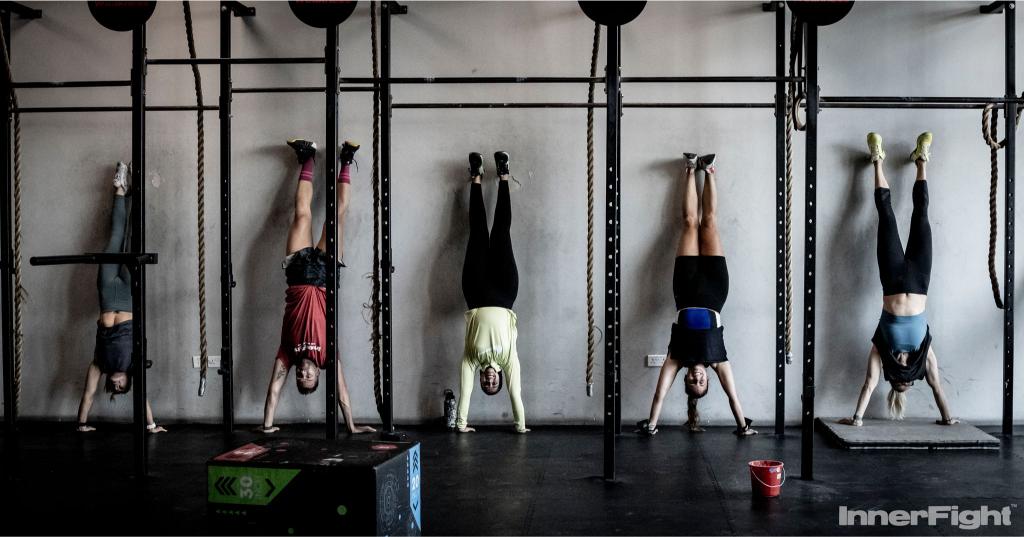Bouncing Back

11 months down the line from what was a standard drop hop, falling to my knees and an MRI resulting in an understanding that I had bulging Discs from L3-S1 to today where I am back training and enjoying sport pain free is a great feeling but also understanding the journey will continue and the work can never stop. It should be noted the Drop Hop was not cause of the bulging discs but the catalyst for exposing the injury. From spasm to spasm it became clear that although it is common along with general lower back pain in the population four things became apparent in my discussions with experts and research online in how to get back to being pain-free, without surgery (which by the way I was told to consider)
The most important is to understand first what is causing lower back pain. Was it through injury or is it something that has crept into your life due to lifestyle and lack of movement? By consulting a medical professional, sports therapists, physios, or performance coach you will better understand what you are dealing with. Continuing to work with such people during the process to moving pain-free is also something to consider.
There is not a lot of movement that doesn’t involve your lower back in some way so building a library of movements that does not cause aggravation and neglect the area to exercise and strengthen the lower back will put you on the right path. The focus should not only be on your lower back but the surrounding areas including Core, Back, Glutes, Hips, and Hamstrings. Movements should include moving in all 3 planes of motion with considerations when training your core using Isometric holds, Flexion/Anti Flexion, Extension/Anti Extension, and Rotational Exercises.
Fixing your technique and addressing the fundamentals of movement will be the difference in getting stronger or continuing to have pain or even making your problems worse. Work and consult with people who can help you in this area.
Learn to activate before your session. What this means is learning to wake up the muscles you are about to train. Glute, Hamstring activation and core bracing are key to protecting your lower back. Your inability to fire those areas will put more pressure on the lower back to do the work so understanding that they are working is key to ensuring you're protecting and able to strengthen those areas along with your lower back.
My personal belief is there is not a one-way fix-all when it comes to lower back pain. With so many different factors to consider that could be affecting the individual. However, I do believe it’s not a lifetime problem and can be fixed with the right guidance, training and willingness to make it happen.




.jpg)
.avif)


.jpg)
.jpg)
.avif)

